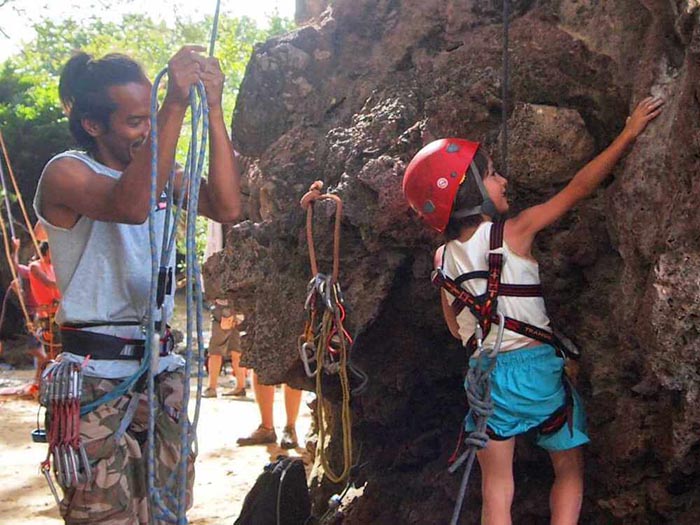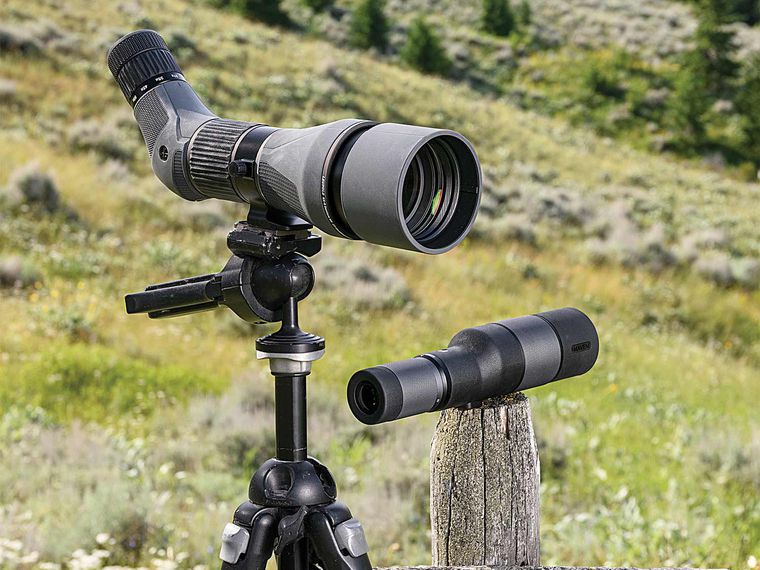
As a parent or guardian, introducing your kids to outdoor activities is an amazing way to teach them valuable life lessons while enjoying nature’s beauty. Not only will these activities create unforgettable memories, but they’ll also help children develop essential skills they can carry throughout their lives.
Engaging in these top five outdoor activities will help your kids learn about teamwork, perseverance, and responsibility. Plus, it’s a fantastic opportunity to bond with your little ones, strengthen the family relationship, and foster a love for the great outdoors.
So, get ready to put on your adventure hats and explore the following activities that will impart life lessons to your children while providing plenty of fun and learning opportunities for the whole family. Happy exploring!
The Importance of Outdoor Activities
Promoting Healthy Living
Outdoor activities are a great way for you and your kids to stay active and healthy. By participating in physical activities, your children can develop strong muscles, improve their cardiovascular fitness, and maintain a healthy weight. Additionally, outdoor play encourages kids to explore new environments and challenge themselves, which helps to build self-confidence and resilience.
Some examples of outdoor activities that can promote healthy living for your children include:
- Hiking
- Biking
- Swimming
- Team sports like soccer or basketball
Instilling Love for Nature
By engaging in outdoor activities with your kids, you can help instill a love for nature and the environment. This appreciation for natural beauty allows children to develop a sense of responsibility towards the planet, motivating them to make eco-friendly choices in their daily lives.
When exploring the outdoors together, consider these activities to strengthen your child’s connection with nature:
- Bird watching
- Plant identification
- Stargazing
- Learning about local ecosystems
Remember, your actions and attitudes towards the environment can have a profound impact on your children. By demonstrating your respect for nature, you’re encouraging your kids to do the same, creating lifelong environmental stewards.
Top 5 Outdoor Activities
Rock Climbing
Rock climbing is an excellent way to teach kids about perseverance and overcoming challenges. It also helps to develop their problem-solving skills, as they have to figure out the best route to reach the top. Plus, it’s a great workout for their muscles and coordination. Start with beginner-level climbing walls before moving on to natural rock formations.
Hiking
Going for a hike with your kids is a fantastic opportunity to teach them about nature and the environment. Hiking can also help kids to build their physical stamina and endurance. Make the experience enjoyable by choosing trails with varying difficulty levels and beautiful sceneries. Don’t forget to teach them essential outdoor safety tips, like staying on the trail and hydrating properly.
Camping
Camping offers numerous lessons about self-reliance and adaptability. From setting up tents to cooking over a campfire, kids can learn many useful life skills while enjoying the great outdoors. Make the most of this activity by engaging them in:
- Choosing the campsite
- Gathering firewood
- Cooking meals
- Navigating with a map and compass
Gardening
Teaching your kids about gardening is a wonderful way to encourage responsibility and patience. Start by allocating a small area in your garden, or use pots and containers if you have limited space. Help your kids choose the plants they’d like to grow and guide them through the process of planting, watering, and nurturing them. They will love seeing the fruits of their labor and learn to appreciate the value of hard work.
Bird Watching
Bird watching is a simple yet engaging activity that helps to instill a love and appreciation for nature in kids. Equip them with binoculars and a field guide, and set off on a bird-watching adventure together. This activity encourages observation skills, patience, and curiosity. Take the opportunity to discuss the importance of biodiversity and the role each species plays in the ecosystem.
Life Lessons from Each Activity
Responsibility from Camping
Camping teaches kids the importance of responsibility. They learn to set up their tents, collect firewood, and keep their campsite clean. By participating in these tasks, kids realize that their actions directly impact their environment and the quality of their experience. Additionally, they learn to respect nature and be accountable for their belongings.
Perseverance from Hiking
Hiking helps children build perseverance. As they trek along trails and face obstacles, they learn to push through physical and mental challenges. The sense of accomplishment they feel upon reaching the destination reinforces their self-confidence. Ultimately, hiking shows kids that with determination and effort, they can overcome obstacles in life, too.
Patience and Confidence from Rock Climbing
Rock climbing instills both patience and confidence in children. They must assess each step carefully, finding secure holds and plotting a route. As they gain experience and trust in their abilities, confidence blossoms. This teaches kids that with patience and practice, they can achieve their goals, a valuable lesson transferrable to other aspects of life.
Nurturing from Gardening
Gardening offers a hands-on opportunity for kids to learn nurturing skills. They are responsible for planting, watering, and tending to their plants as they grow. Children observe how their care directly impacts the health and success of their garden. This teaches them the importance of nurturing and the rewards that come with it, both in the garden and in relationships with others.
Observation from Bird Watching
Bird watching develops a child’s powers of observation and attention to detail. As they search for unique bird species, children learn to be patient and alert, honing their focus. They also discover the beauty of nature’s diversity. The skills learned through bird watching, such as keen observation and focus, can translate to other areas in life, making them well-rounded individuals.
Conclusion
So, you’ve explored the top 5 outdoor activities to teach kids lessons about life. By engaging in these activities, you help your children develop essential life skills, such as teamwork, patience, and confidence.
- Teamwork is crucial in activities like group hiking and team sports, where working together is the key to success.
- Patience is enhanced through activities like fishing or gardening, as they require waiting and persistence to yield results.
- Confidence can be built by allowing kids to take the lead during orienteering and camping trips.
Remember, time spent outdoors with your kids is not only fun, but also contributes to their overall growth and well-being. So, go ahead and embark on these adventures, and you’ll soon discover the wealth of life lessons you and your children can learn from experiencing nature together.

